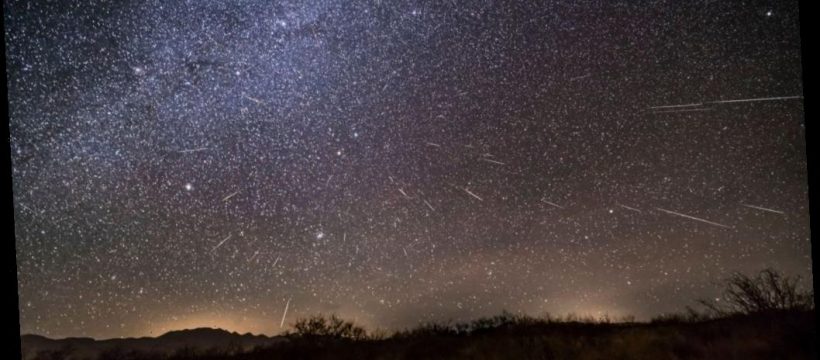ONE of the year’s biggest and most brilliant meteor showers this year, the Geminids, will peak on Sunday night.
The meteor shower with more than 100 multi-colored shooting stars is lighting up the sky from Dec. 4 to 17, but NASA advises that Dec. 13 will offer the most spectacular display.
“The peak will happen on the night of Dec. 13 into the morning of Dec. 14, with some meteor activity visible in the days before and after," NASA stated in a blog post last week.
Activity will peak around 2am local time in the Northern Hemisphere, and after midnight in the Southern Hemisphere.
Viewers in the Northern Hemisphere could spot one flashy Geminid per minute, or about 60 per hour.
However, the Geminids are capable of producing 150 meteors per hour.
The shimmers in the sky may be blue, green, yellow and red, and travel around 78,000 MPH.
NASA has provided tips on how to observe the Geminids, which are created when the Earth passes meteoroids left by the asteroid or extinct comet 3200 Phaethon.
Meteors can be seen all across the sky when it is not cloudy.
Most importantly, viewers should get away from bright lights.
The eyes can take about 30 minutes to adjust to the dark, and looking at a cell phone screen can ruin night vision.
“Avoid watching the radiant because meteors close to it have very short trails and are easily missed. When you see a meteor, try to trace it backwards,” NASA stated.
“If you end up in the constellation Gemini, there’s a good chance you’ve seen a Geminid.”
Those who cannot escape city lights can watch the meteor shower on a live stream from NASA’s Marshall Space Flight Center in Huntsville, Alabama.
The stream will be available from 8pm to 4am CST on the NASA Meteor Watch Facebook page.
Source: Read Full Article



